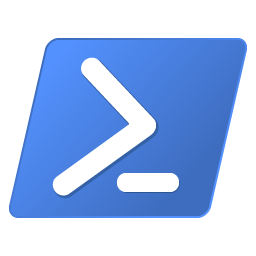


Understanding CONFIGURATION keyword in Desired State Configuration

Seeking Input on PowerShell Summit Sessions

Configuration in a DevOps world – Windows PowerShell Desired State Configuration

PaaP: Windows PowerShell as a Platform – Part 2

Using abstract syntax trees (ASTs) with ISE to make scripting more productive

WMF 4.0 – Known Issue: Partial Installation without .NET Framework 4.5

Windows Management Framework 4.0 is now available

PaaP: Windows PowerShell as a Platform – Part 1


 Light
Light Dark
Dark